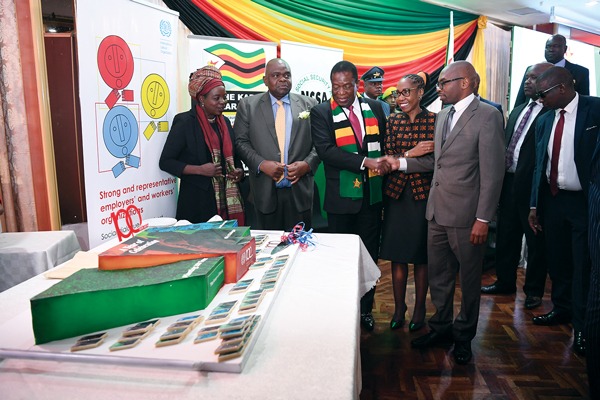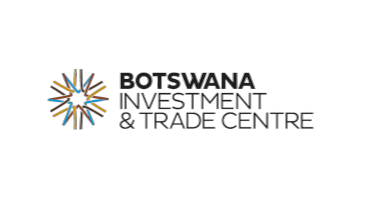
ZIMBABWE has failed to make it to the list of the world’s top 66 emerging economies — a list topped by neighbouring Botswana — due to high public and foreign debts and insufficient foreign reserves, among others.
BY MTHANDAZO NYONI
According to The Economist report on the financial strength of the 66 emerging economies in the wake of the COVID-19 fallout, Botswana tops the list of countries with the strength of its indicators.
The ranking examines the vulnerability of selected economies across four potential sources of peril, public debt as percentage of gross domestic product, foreign debt (both public and private), cost of borrowing and foreign reserve cover.
In Africa, the countries which made it to the list include Botswana, Nigeria, Morocco, Egypt, Namibia, Uganda, Ethiopia, Kenya, South Africa, Ghana, Gabon, Tunisia, Angola and Zambia.
Apart from Botswana, other emerging economies which made it to top 10 are Taiwan, South Korea, Peru, Russia, the Philippines, Thailand, Saudi Arabia, Bangladesh and China.
South Africa, Zimbabwe’s trading partner, ranked number 47 with Zambia 64th.
Venezuela, whose annual inflation rate clocked 2 430,6% in March 2020, ranked number 66.
- Chamisa under fire over US$120K donation
- Mavhunga puts DeMbare into Chibuku quarterfinals
- Pension funds bet on Cabora Bassa oilfields
- Councils defy govt fire tender directive
Keep Reading
Commenting on the report, economic analyst Persistence Gwanyanya said: “It’s unsurprising. It’s clear to everyone that Zimbabwe is not yet there. Our economy is still shaky. More efforts are supposed to be geared towards that status (to be among the top 66 emerging economies).”
He said the country needed to boost its image to attract significant capital and improve its credit rating.
Gwanyanya said low production against high levels of consumption, high levels of unemployment, informalisation among others were some of the challenges facing the country.
“Our debt level is too high and it’s a serious concern that we are failing to meet our obligation as a country. The Economist report is reflective of what is happening on the ground. It is not one which is out of this world,” he said.
Zimbabwe is currently in debt distress which is impacting on its credit worthiness, further raising the country’s risk profile, resulting in massive disinvestment.
Zimbabwe’s total debt, which was $66,8 billion at the end of June 2019 is said to have quickened to $287.3 billion as of January this year.
In June last year, external debt stood at US$8,1 billion.
Out of this, about US$5,9 billion is accumulated arrears, interest arrears and penalties, which constitute about 72,8% of external debt.
This means the principal debt is merely about US$2,2bn.
On the other hand, the country’s forex reserves are precarious, with the southern African nation struggling to meet its critical import obligations like fuel, drugs, among other key imports. Going forward, Gwanyanya said government should implement sound economic policies and avoid policy missteps.
“We should take advantage of the COVID-19 period as a period of levelling the playing ground,” he said.
In coming up with the figures, The Economist calculated the 66 emerging economies’ likely foreign payments this year (their current-account deficit plus their foreign-debt payments) and compared this with their stock of foreign exchange reserves. A country’s ranking on each of these indicators is then averaged to determine its overall standing.











